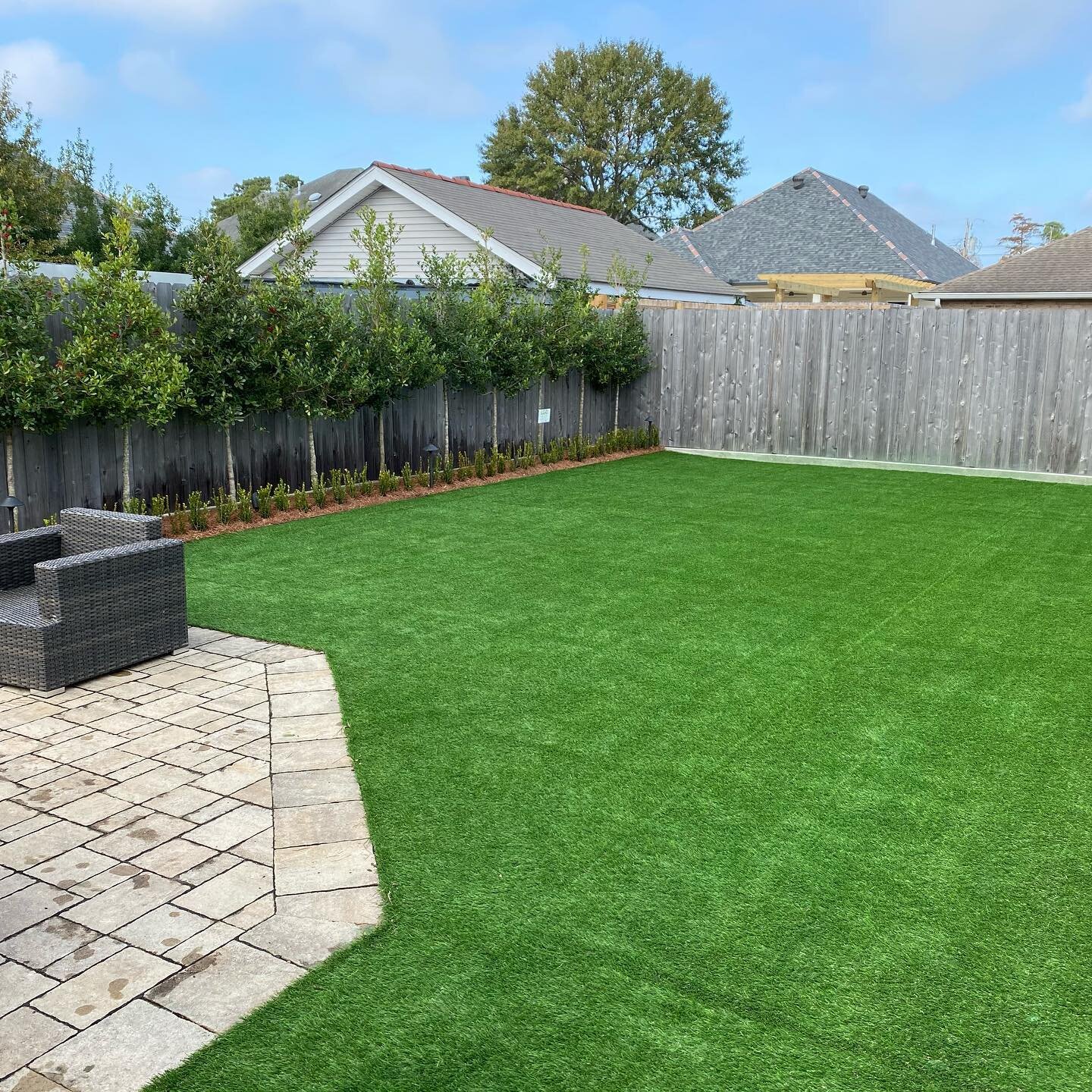The explanation behind Fake Grass stands as a Popular Choice That is Present for Stay

Lately, fake grass has evolved from a niche solution to a popular landscaping choice that homeowners everywhere are utilizing. With its myriad benefits, it's evident why artificial turf is inviting to so many, promising a vibrant lawn without the headaches often linked to real grass. From eliminating the need for frequent mowing to providing year-round aesthetics, synthetic grass presents an attractive option that meets the needs of different lifestyles and tastes.
As the interest in easy-to-care-for landscaping solutions increases, more people are finding out the real benefits of opting for synthetic grass. Say goodbye to issues like wet patches, troublesome weeds, and the upkeep costs of traditional lawns. In an environment where sustainability is becoming more prominent, fake grass not only enhances the visual appeal of your home but also supports eco-friendly practices, making it a valuable investment for those interested in upgrading their yards.
Benefits of Artificial Grass
One of the main advantages of artificial grass is its low maintenance requirements. Homeowners no longer need to spend weekends cutting, watering, or tending to their lawns. With synthetic turf, you can enjoy a vibrant green space without the hassle of regular upkeep. This hassle-free alternative allows you to spend more time enjoying your outdoor space rather than maintaining it, making it an desirable choice for professionals alike.
Another notable benefit is the durability of fake grass. Unlike real grass, which can wear out under heavy foot traffic, fake grass is designed to endure heavy use, making it the ideal solution for high-traffic areas. This sturdiness means that artificial grass will maintain its appearance and usability throughout the year, regardless of the weather conditions. Homeowners can count on their lawns looking fantastic all year round, even in harsh climates.
Synthetic lawns also presents eco-friendly benefits that are becoming desirable to many homeowners. By opting for fake grass, you can significantly reduce water usage since synthetic grass requires no irrigation. Additionally, there is no need for pesticides or toxic substances, leading to a safer environment for families. As more people become aware of their effect on the planet, the shift toward fake grass represents a innovative solution for sustainable gardening.
Cost and Maintenance Cuts
One of the top compelling reasons to consider artificial grass is the significant cost reductions over time. Unlike https://squareblogs.net/soildrop9/the-reason-why-artificial-turf-remains-an-fashion-thats-here-for-the-long-haul , which demands regular watering, mowing, and fertilizers, synthetic turf removes these ongoing expenses. Homeowners can cut money on water bills, lawn care tools, and maintenance costs. This makes fake grass an economical choice for those looking to cut down on long-term landscaping costs while still keeping a beautiful yard.
Upkeep is another key factor that favors artificial turf. With synthetic grass, say farewell to mowing and the tedious task of keeping a traditional lawn in shape. The low-maintenance advantage of synthetic turf means you can spend less time on upkeep and more time enjoying your outdoor space. By choosing fake grass, homeowners will find it easier to manage high-traffic areas and keep their lawns looking pristine without constant effort.

Moreover, artificial grass is designed to be durable and weather-resistant, meaning fewer repairs and replacements over time. In areas where natural grass struggles due to poor soil quality or extreme weather conditions, synthetic turf holds up reliably. https://articlescad.com/why-all-contemporary-dwelling-needs-to-put-money-in-fake-grass-199421.html translates to further savings on both time and money, making it evident why so many people are choosing this modern solution in their landscaping choices.
Ecological and Visual Appeal
One of the most compelling factors homeowners choose fake grass is its environmental effect. Traditional lawns require significant amounts of H2O, fertilizers, and pesticides, contributing to hydric waste and pollution. In contrast, artificial turf is designed to use no water, eliminating the need for watering and lessening the ecological burden. This not only saves a precious resource but also supports a healthier ecosystem by preventing toxic chemicals that can leach into the soil and waterways.
Visually, fake grass offers a consistently lush, green appearance that can enhance the beauty of all outdoor space. With advancements in technology, modern synthetic turf resembles the look and feel of natural grass so closely that it can be difficult to distinguish between the two. This uniformity is particularly attractive for homeowners looking to boost their curb appeal, as well-maintained artificial lawns look pristine year-round, regardless of climate changes or varying weather conditions.
Additionally, artificial grass provides a versatile solution for small spaces and urban landscaping, where natural grass may struggle to thrive. It allows homeowners to create beautiful, welcoming outdoor areas without the trouble of upkeep associated with natural grass. From backyards and play areas to balconies and rooftop gardens, the visual adaptability of synthetic turf makes it an attractive choice for improving any landscape while contributing to a more eco-friendly environment.
